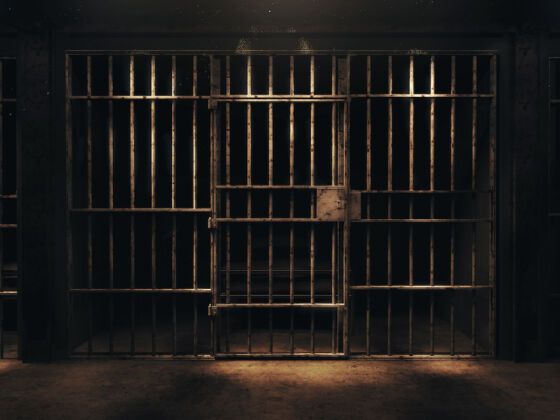PASSPORT CHECKED. Permission slip given.
We were met by the doctors who would escort us to the medical center of the Reclusorio Sur prison on the southern outskirts of Mexico City. I had to go through a pat down by a group of women. They were seated at a table eating tortillas and chicken with mole. They didn’t look up. The fattest one reached out her chubby arms to pat my sides a bit. She didn’t get up from the table. Apparently, I would be a good choice if you were looking to smuggle something into prison.
